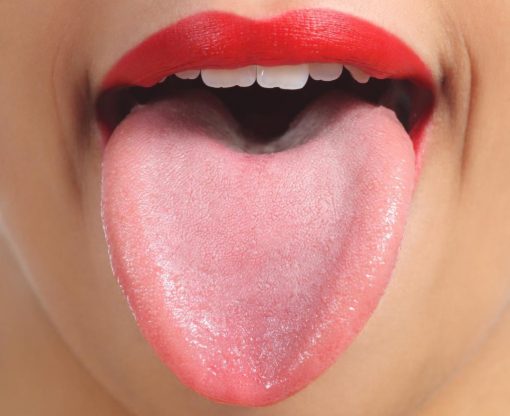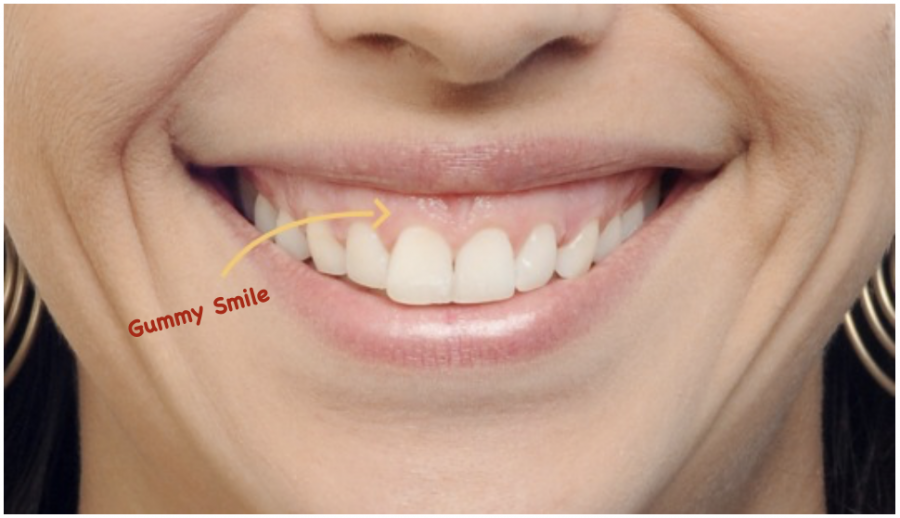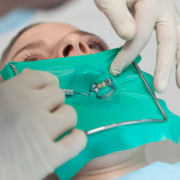The mouth is one of the most complex parts of the human body. It is home to many important functions and structures. There are also a number of diseases that can affect the mouth. Knowing when something may be wrong, and what to look for, can help keep these problems from becoming worse. The mouth has several different functions. The two main functions of the mouth are eating with teeth and speaking. Many people don’t think about it much, but the mouth plays an essential role in our overall health and well-being. Keep your mouth healthy! Different parts of mouth help protect the overall body.
What consists of mouth anatomy?
Tongue: The tongue is a large, spongy muscle in the mouth that helps with chewing food and swallowing. It also helps us with speech and tasting food. The tongue has a dark, patchy appearance thanks to thousands of tiny bumps called “taste buds.” Each taste bud is connected to a nerve that carries flavor from food to the brain. The taste buds recognize five tastes: sweet, sour, bitter, salty and umami (savory).

Teeth: Teeth are hard, calcified pieces of tissue used for chewing and biting food. In the mouth, there are 32 teeth: two incisors, two premolars, and two molars on either side of the upper and lower jaw. Most people also have four wisdom teeth, two in each jaw, that come in around the age of 18. The gums are the soft tissue that surrounds the teeth. Bleeding gums can be a sign of gum disease, and that certain bacteria are growing in the mouth.

Throat and epiglottis: The throat is the area inside the mouth that goes down to the neck. The epiglottis is a small leaf-like flap at the back of the throat that closes off the trachea when we swallow, preventing food and liquid from going into the lungs.

Tonsils: The tonsils are two pieces of lymphatic tissue located at the back of the throat near the entrance of the digestive system. The tonsils help the immune system fight off infections, but they may need to be removed if they become swollen and cause health problems, such as frequent bad breath, trouble swallowing or swelling in the neck.
Tongue and taste buds | Mouth Anatomy
The tongue is made up of muscles and small bumps called taste buds, which is where we get the sense of taste from. Taste buds help us to appreciate the texture and flavor of food, and even warn us if it is toxic, spoiled or poisonous. There are around 10,000 taste buds scattered across the surface of the tongue.
While each taste bud can only detect one flavour, different taste buds are responsible for different flavours. For instance, the taste buds in the front of the tongue are responsible for detecting sweet flavours. Taste buds at the back of the tongue are responsible for detecting sour flavours, while those in the sides are responsible for flavours that are bitter and salty.

Teeth and gums | Mouth Anatomy
Teeth are made up of a hard, calcified tissue called dentin. They are used for chewing food, as well as biting and grinding it. Teeth are surrounded by a softer layer of tissue known as gums. The gums are responsible for protecting the teeth from bacteria, as well as supplying nutrients to the teeth so that they remain healthy.

The throat and epiglottis
The throat is the area inside the mouth that goes down to the neck. The epiglottis is a small leaf-like flap at the back of the throat that closes off the trachea when we swallow, preventing food and liquid from going into the lungs. When we’re sick, the epiglottis often swells up to prevent the entry of germs and other contaminants into the digestive system. It is important to visit a dentist as soon as possible if you have any difficulty swallowing, change in your voice, or difficulty breathing.
Conclusion
The mouth is one of the most complex parts of the human body. It is home to many important functions and structures. When any of these parts show signs of trouble, it is important to get treatment as soon as possible. quality of life. The mouth is an oval-shaped cavity inside the skull. The two main functions of the mouth are eating and speaking. Parts of the mouth include the lips, vestibule, mouth cavity, gums, teeth, hard and soft palate, tongue and salivary glands. The mouth is also known as the oral cavity or the buccal cavity.






